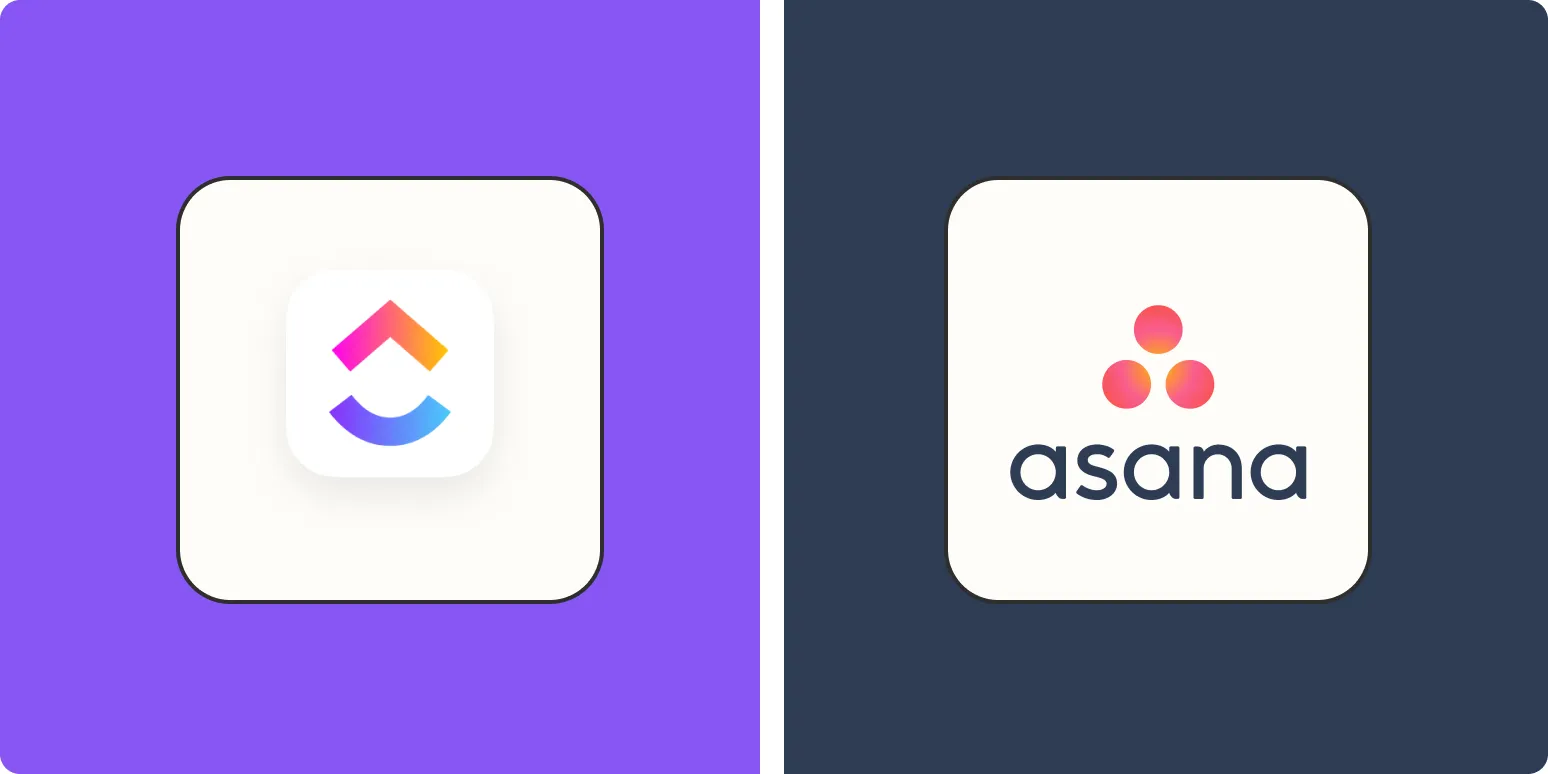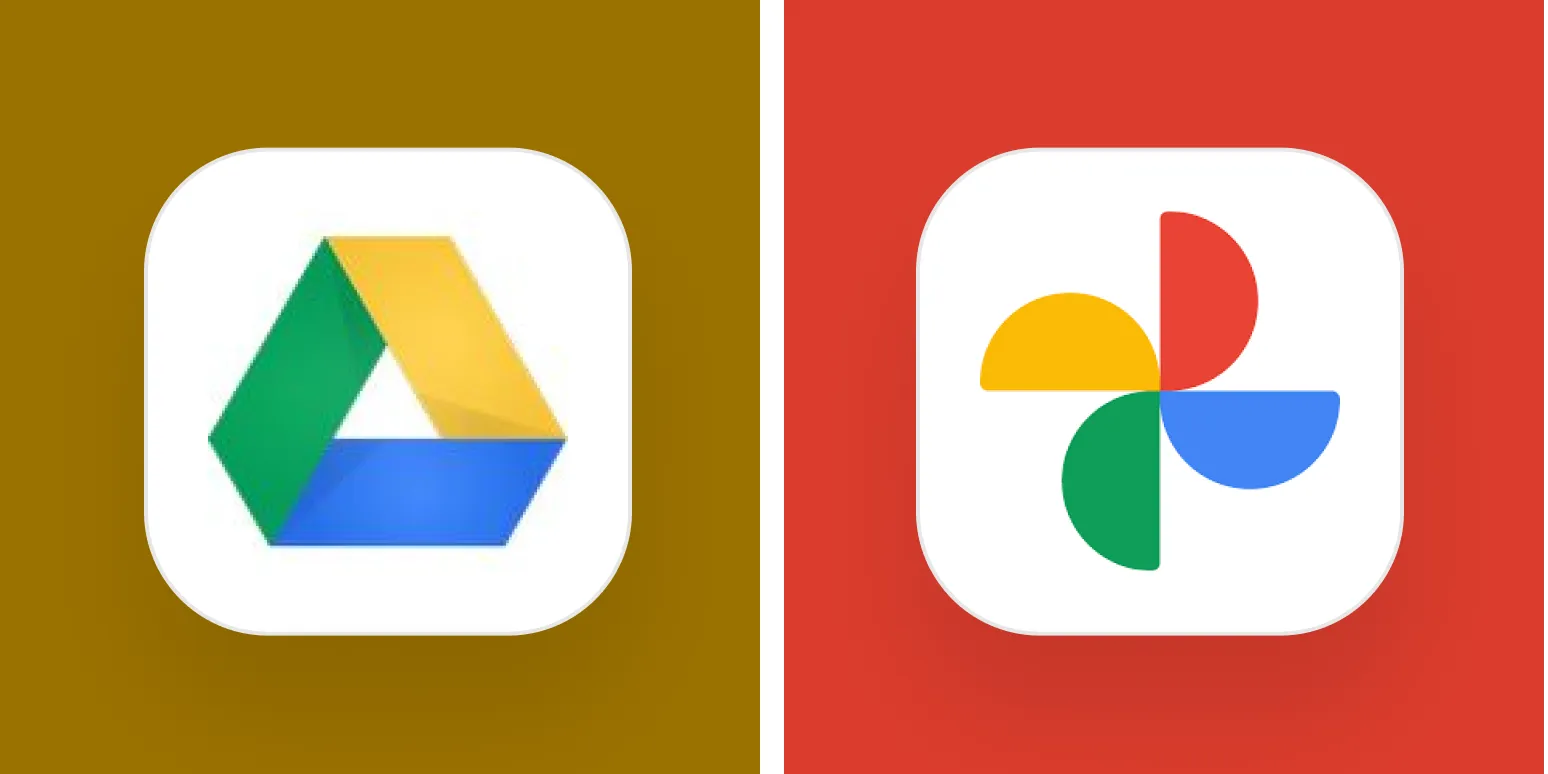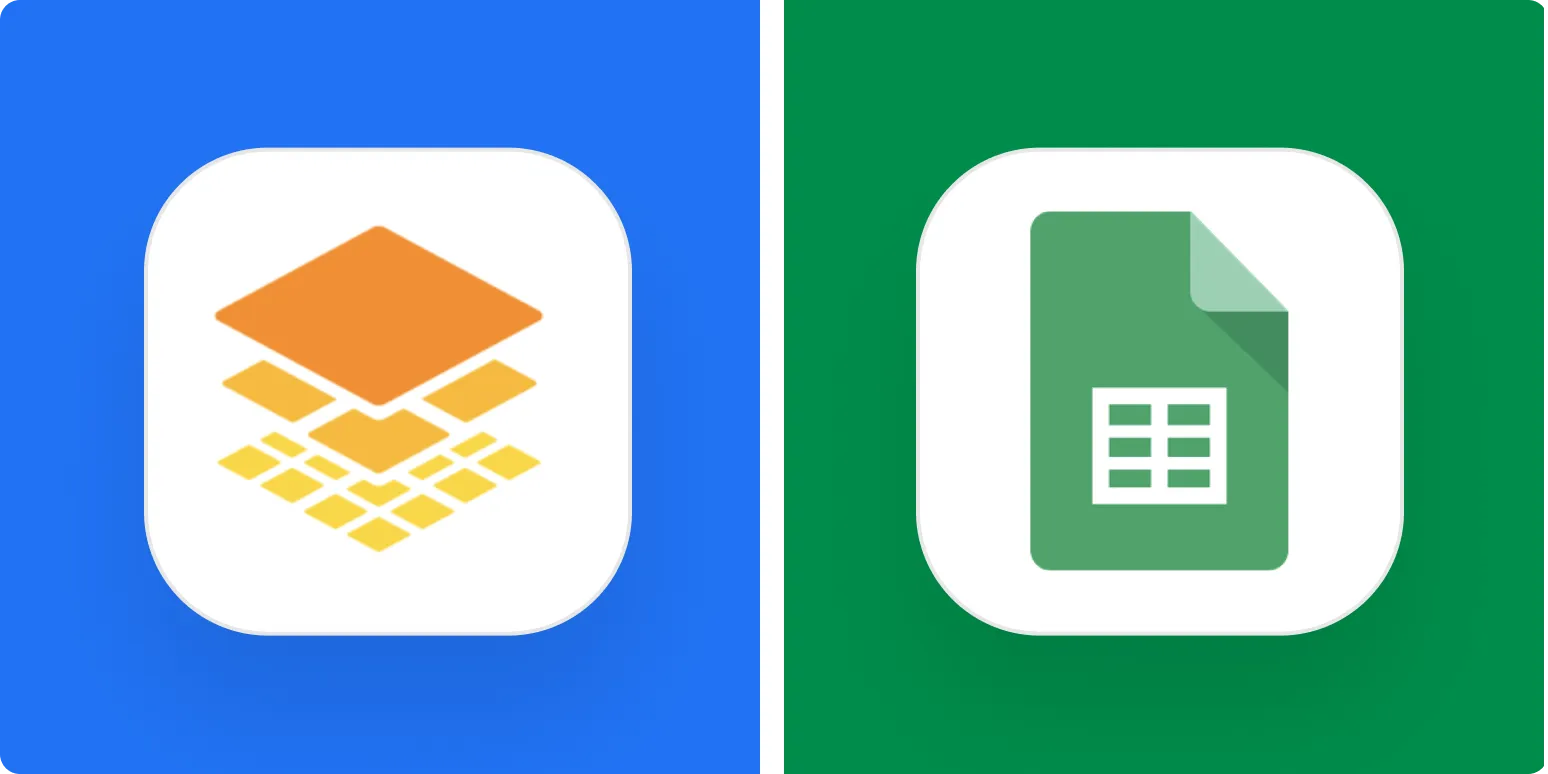Overview of ClickUp and Asana
In the ever-evolving landscape of project management software, ''ClickUp'' and ''Asana'' stand out as two of the most popular choices for teams looking to streamline their workflow. Both platforms offer unique features and capabilities that cater to different project management needs. To determine which tool is best suited for your organization, it's essential to delve into their functionalities, pricing, and user experience.
Feature Comparison
When comparing ''ClickUp'' and ''Asana'', it's crucial to assess their features to understand how they can enhance productivity. Below is a comparative chart that outlines the key functionalities of each platform:
| Feature | ClickUp | Asana |
|---|---|---|
| Task Management | Yes, with customizable statuses and priorities | Yes, with tasks, subtasks, and dependencies |
| Time Tracking | Built-in time tracking and reporting | Available via integrations |
| Customizable Dashboards | Highly customizable with widgets | Limited customization options |
| Collaboration Tools | Comments, mentions, and collaborative documents | Comments, file sharing, and team conversations |
| Templates | Extensive library of templates | Variety of project templates |
| Integrations | Over 1,000 integrations available | Integrates with popular tools, but fewer options |
Pricing Plans
Cost is often a deciding factor when choosing project management software. Understanding the pricing structures of ''ClickUp'' and ''Asana'' can help you make an informed decision. Here’s a breakdown of their pricing plans:
| Plan | ClickUp | Asana |
|---|---|---|
| Free | Yes, includes unlimited users and tasks | Yes, limited features |
| Basic | $5/user/month | $10/user/month |
| Unlimited | $12/user/month | $24/user/month |
| Business | $19/user/month | $30/user/month |
| Enterprise | Custom pricing | Custom pricing |
User Experience
The user interface and overall experience can greatly affect how effectively a team utilizes project management software. ''ClickUp'' is known for its extensive customization options, allowing users to tailor the interface to fit their specific workflow. However, this can sometimes lead to a steeper learning curve for new users.
On the other hand, ''Asana'' is often praised for its intuitive design and ease of use. New users can quickly get up to speed and start managing projects without extensive training. The simplicity of ''Asana's'' layout might appeal more to teams that prefer a straightforward approach to project management.
Customer Support
Effective customer support is critical when using project management software. Both ''ClickUp'' and ''Asana'' offer various support channels, including help centers, email support, and community forums. However, ''ClickUp'' also provides chat support and onboarding assistance, which can be invaluable for larger teams or organizations transitioning from other software to ClickUp.
Use Cases
Choosing between ''ClickUp'' and ''Asana'' often depends on your team's specific needs. ''ClickUp'' is ideal for teams that require a comprehensive tool that can handle complex projects, offer extensive customization, and integrate with numerous other platforms. It's particularly beneficial for teams in industries like software development and marketing.
Conversely, ''Asana'' may be better suited for teams looking for a user-friendly interface to manage simpler projects and tasks. Its strengths lie in team collaboration and communication, making it a great option for creative teams and small businesses.
Conclusion
Ultimately, the decision between ''ClickUp'' and ''Asana'' hinges on your team's requirements and preferences. If you value customization, advanced features, and extensive integrations, ''ClickUp'' could be your best bet. However, if you prefer a straightforward, easy-to-use platform for project management, ''Asana'' might be the way to go. Evaluate your project management needs, and consider trialing both platforms to find the perfect fit for your team in 2025.





